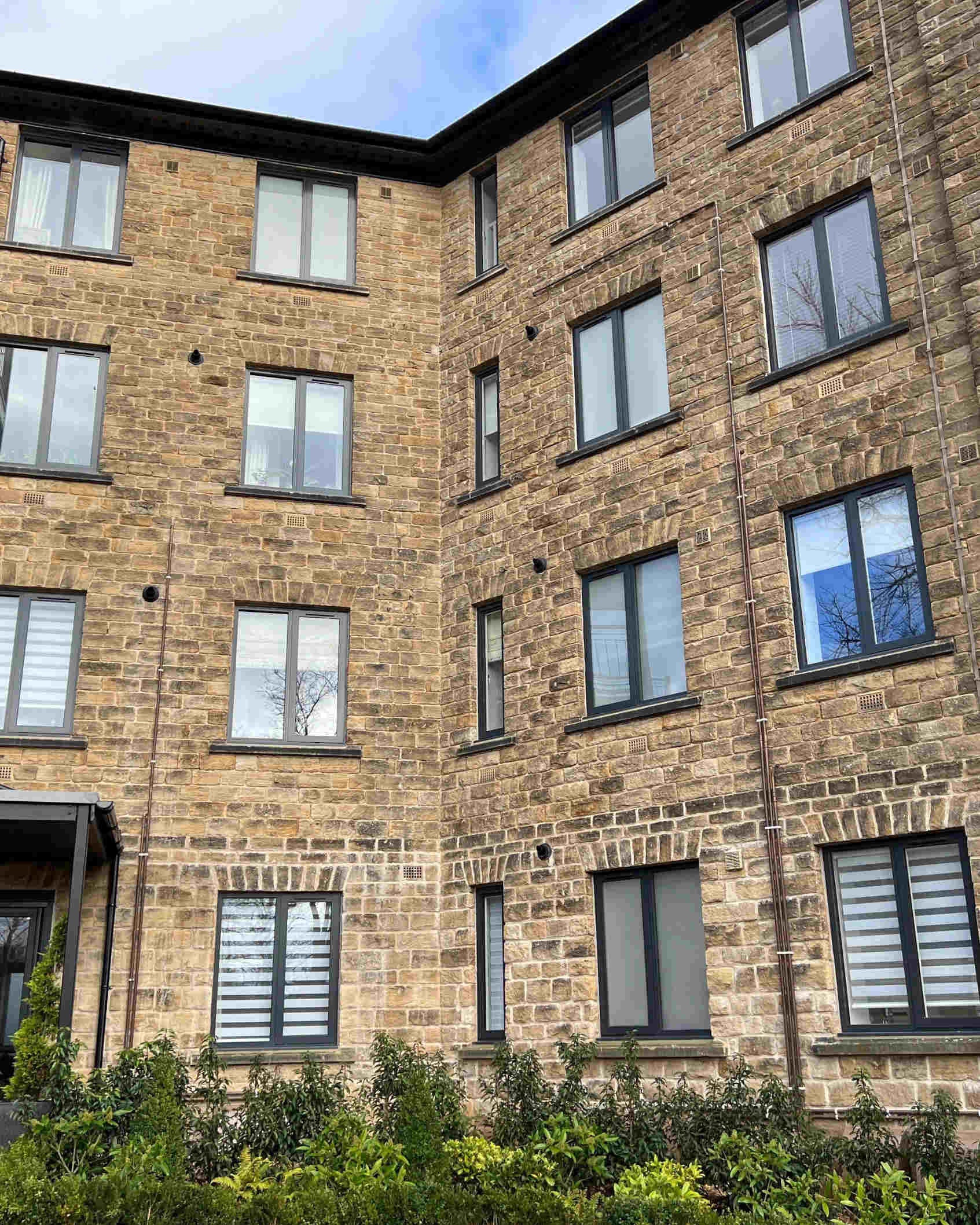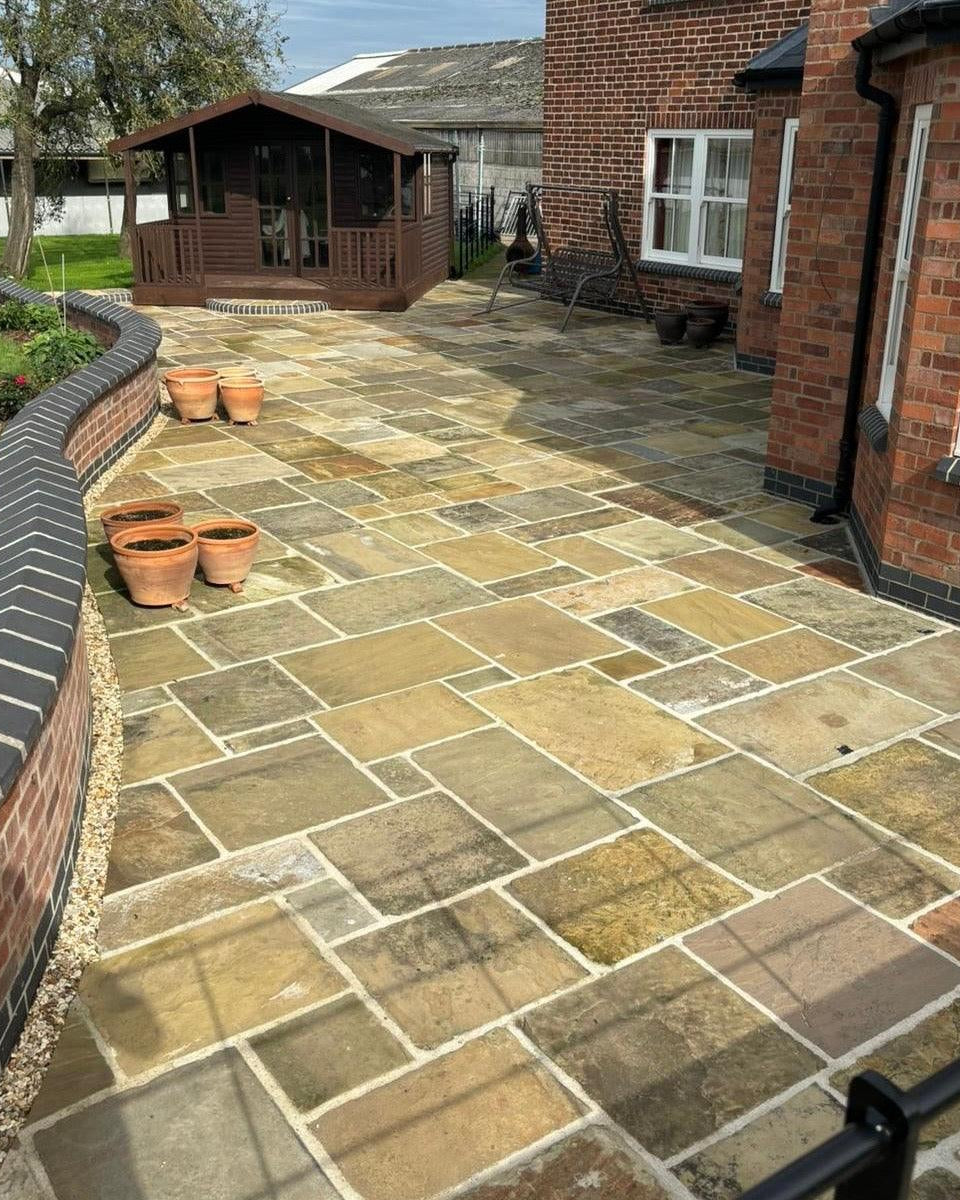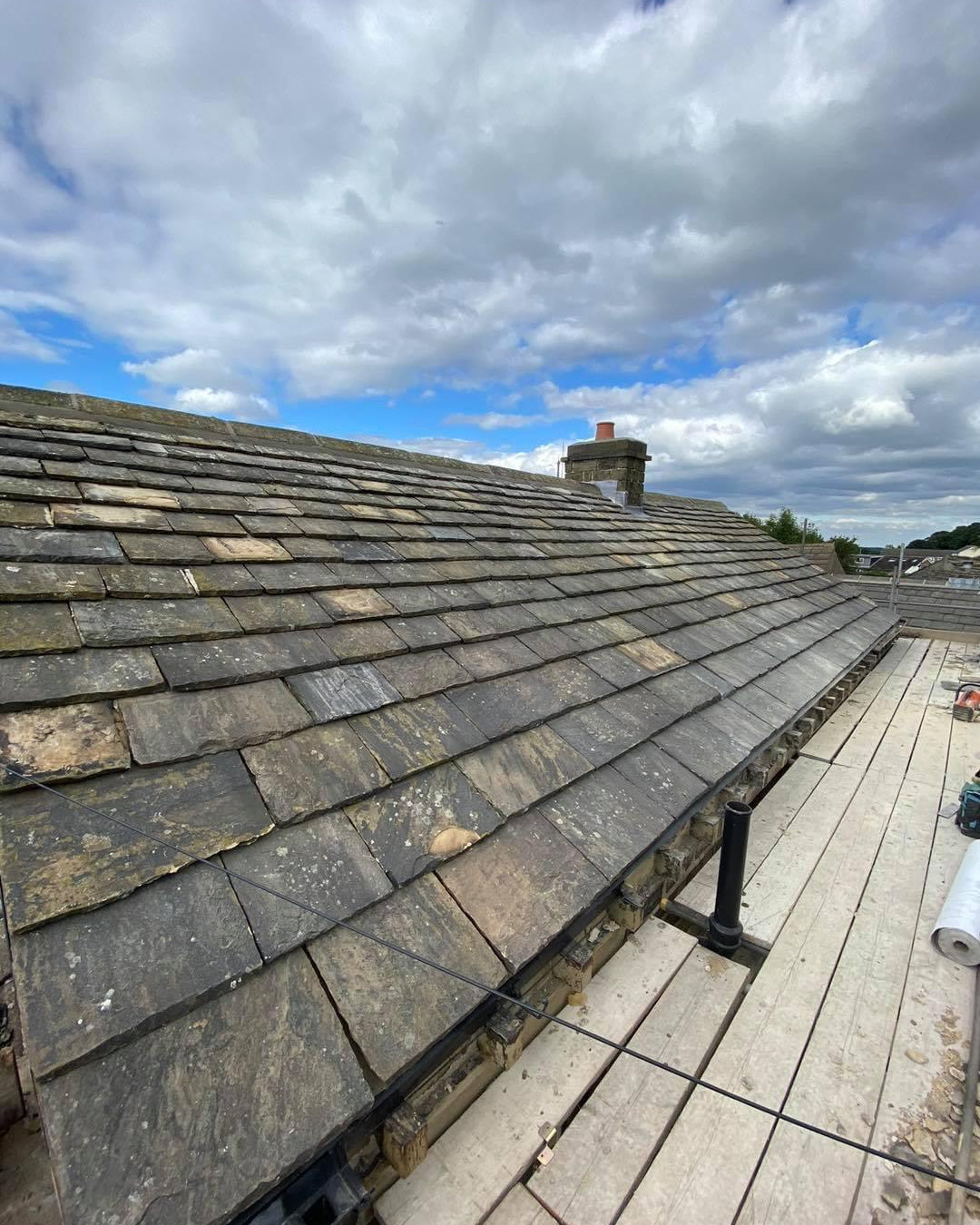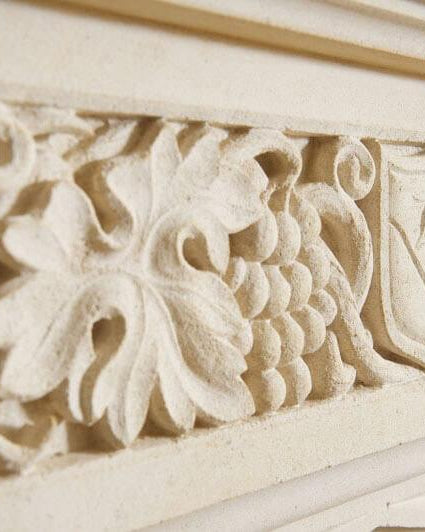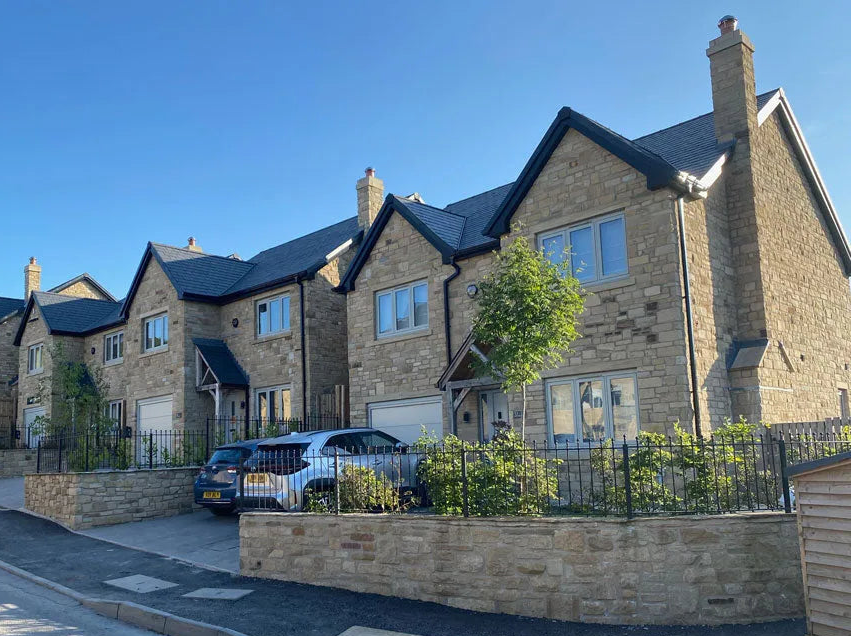Masonry stone can transform even the most functional building into a beautiful piece of timeless design. Here’s our quick guide to the main types and different types of masonry stone.
VIEW OUR MASONRY STONE SERVICES
Different types of masonry stone can be used for various features on your property and comes with different finishes – our guide is designed to explain to you their differences and what is best suited for each purpose.
Cill / Head / Jamb

This is masonry stone used around a window or door. Visually – and structurally – it provides a good solid frame for the opening. The cill (sometimes spelt ‘sill’) is at the base, the head is at the top, and the jambs go either side.
Mullion

This masonry stone is used to divide a window into several parts. In olden times, it was impossible to manufacture large sheets of glass – so larger openings were filled with several smaller windows, divided by masonry stone mullions.
Quoins

Quoins are where masonry stone is used to strengthen (or simply accentuate) the corner of a building where two walls meet. It comes from the French word ‘coin’, meaning ‘corner’. Often, quoins are in a different material or size – either for added strength, or just to make them stand out visually.
Keystone

This wedge-shaped masonry stone is found at the uppermost point of an arch. It’s not just there to look good – it actually holds the rest of the arch in position, allowing it to support the weight from above. Keystones are also often used in the centre of straight window/door heads – normally just as a design feature.
Plinth Course

This is a line of masonry stones set just above ground level in a wall. It often projects slightly from the wall’s surface level, and normally consists of larger blocks in a different material. As well as being a solid visual ‘grounding’ for the wall, it will often have a practical use, such as damp protection.
Corbel

This masonry stone is basically a type of bracket. It projects from a wall to support the weight of an overhanging structure above – for example, a balcony. The name comes from the French word for ‘crow’ because it is often beak-shaped.
Kneeler

This is a horizontal projecting masonry stone with a sloping top, positioned at the base of a gable. Its job is to support the inclined coping stones. Projecting kneelers are often supported by a corbel (see above).
Stone Wall Capping

This masonry stone is used to cap a wall to protect it from the weather. It often overhangs the wall stones for added protection.
Gable Vent

This masonry stone feature frames an air vent in a gable, for roof space ventilation. It is often a design feature, in a contrasting material or colour to the surrounding stone.
Pier Cap

Pier caps are a feature used to top off a pillar, such as a gate post. Their main job is to provide weather protection, but they are often highly decorative – topped with finials, balls or other figures.
Stone Balustrade

A balustrade is a line of small masonry stone columns (known as balusters) topped by a rail – commonly used at the edge of a balcony, terrace or stairs.
Name and Date Stone

This is the ultimate way to personalise a building project. It’s a hand-carved masonry stone panel – set in a prominent position and often embellished with paint or gold leaf.
As one of the UK’s leading suppliers of reclaimed and new stone masonry, we have a wide range of high-quality products and services to choose from – take a look at our recent projects and client testimonials.
If you need assistance,
please email us at info@britanniastone.co.uk, Whatsapp: 07435516667 or
call us on 0114 321 7890
to contact a member of our team.

